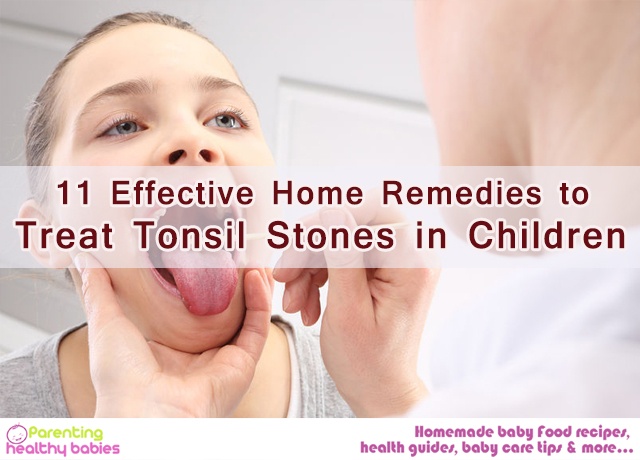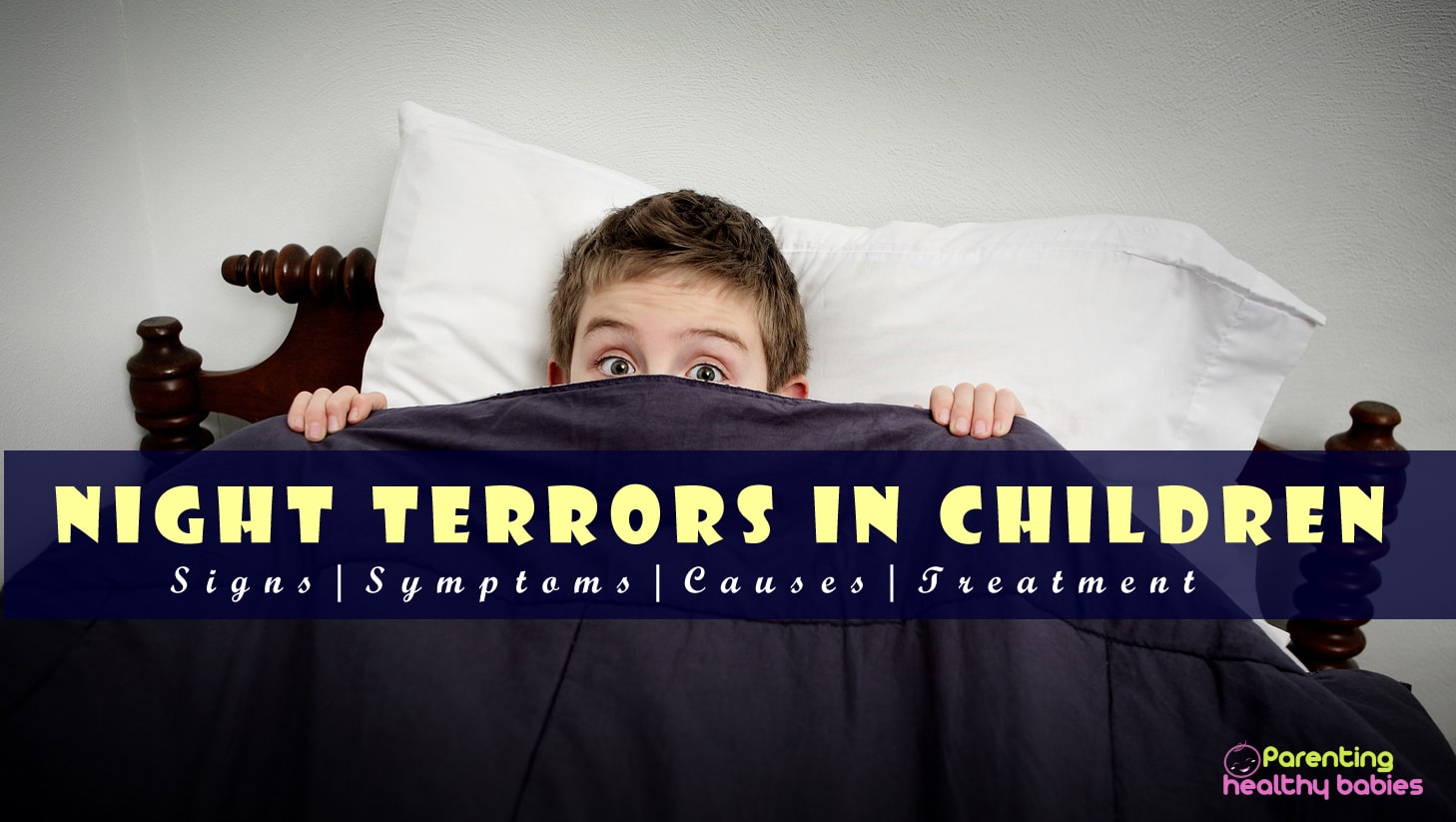Sever’s Disease in Children
Moaning in pain! It is almost an old story. Yes Sever’s disease means growth spurts in child leads to serious pain. It is a heel injury and not a major cause of worry. Let us analyse more about Severe’s disease.
Causes
During growth phase of your child, heels are prone to grow faster in comparison to muscles, tendons or ligaments. The heel is the first major part of your body graduating into a full size. In comparison to the heel, tendons and muscles lag behind (growth wise) forcing them to be stretched.
If you have an active child who is more into sports and running on hard surfaces (basketball, soccer etc.) stress is being put on the overstretched tendons. Pain and swelling are going to be a routine occurrence if heel (growing) is attached to the tendons.
This disease could also emerge if you need to stand for prolonged periods of time as recurring pressure is put on the heels. Shoes of poor fitting could also contribute to the problem.
How your child is affected?
Boys are more prone to Sever’s disease. Later growth is common and in the age bracket of 10 to 15 years it emerges. In case of girls it is between 8 to 13 years. Symptoms includes
- Redness, swelling or pain in a single or both heels
- Tightness or Tenderness emerges in the back portion of the heel which is bound to get worse when you squeeze the area
- The pain in heels is going to become worse while running or walking and gets better after decent rest. At the beginning of a sports session the pain is going to be worse or if you spot a pair of hard shoes
- Trouble in walking is witnessed
- Running or walking on tip toes or with a limb
Treatment
A silver lining is no form of serious problems is presented with this health condition. Symptoms tend to diminish gradually after due course of time. The best remedial action is enough amount of rest. Your child will need to stop or restrict their sporting activities till pain in the heel becomes better. Then they can return to sports and this should be in a phased out manner. The doctor may prescribe
- Anti-inflammatory medications or ice packs to provide relief from pain
- Strengthening coupled with stretching exercises and if need services of a physical therapist could be hired
- Supportive shoes where less stress is put on the heel bone. This is going to be a prompt remedy if your child already has a prevailing health condition.
- In the rarest of cases, your child may even need a cast to rest the heel.
Diagnosis
The doctor can figure out Sever’s disease by observing the symptoms. To confirm the condition, the doctor will examine the heels, and then ask a few questions. This would be about the activity levels of the kids. Squeezing of the heel or from both the sides to determine any pain could also be adopted. Sometimes the doctor would ask the kids to stand on tiptoes if this leads to pain or not.
X- Rays or other medical interventions are not helpful in figuring out Sever’s disease. Though some doctors conduct them to rule out possibility of fracture. An x ray in no way will be able to visualize a Severe’s disease.
Prevention
The main focus of any treatment would be to ease the pain as symptoms reach unmanageable propositions with repeated activity.
The moment growth spurts of babies end, it would indicate that full size has been attained. So Severe’s disease is not going to emerge anytime soon. Till that point of time your child can be active. Some steps by which the disease could be kept at bay are as follows
- Wear shock observing and protective shoes
- Stretch the heels, calves and hamstrings
- Do not overdo things. No point in over training and if pain emerges in the heel take plenty of rest
- Avoid pounding and running on hard surfaces
- If you are overweight, lose those extra pounds as it is going to put less pressure on the heel.
- A compression could be used which reduces swelling and pain.
Recovery
The focal point of Severe’s disease is with adequate rest, symptoms of the disease eradicate within 2 to 3 weeks. This is never going to make an entry into your life again. Sooner problem is detected, timely action can be taken. Kids can return to routine physical activities once symptoms fade away.
References
https://www.webmd.com/children/severs-disease-kids-teens#2
http://kidshealth.org/en/parents/severs-disease.html#













